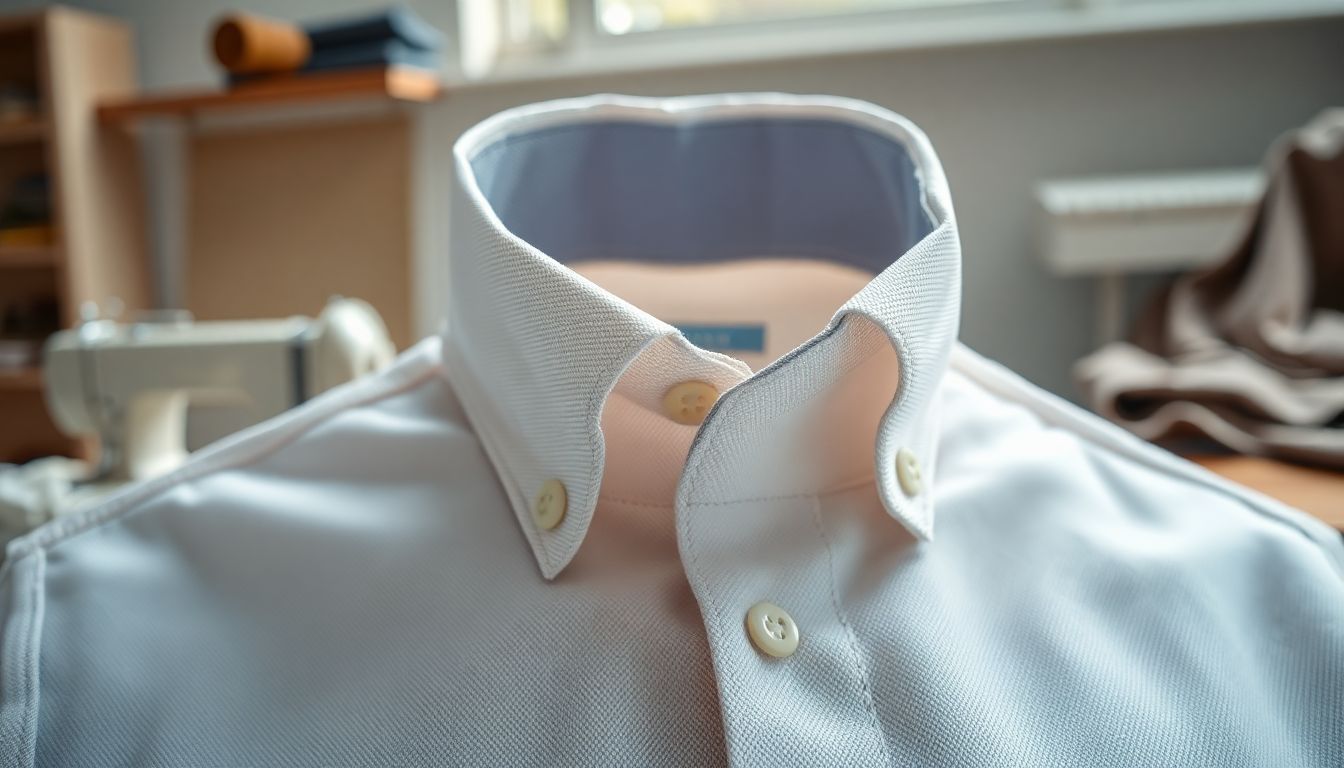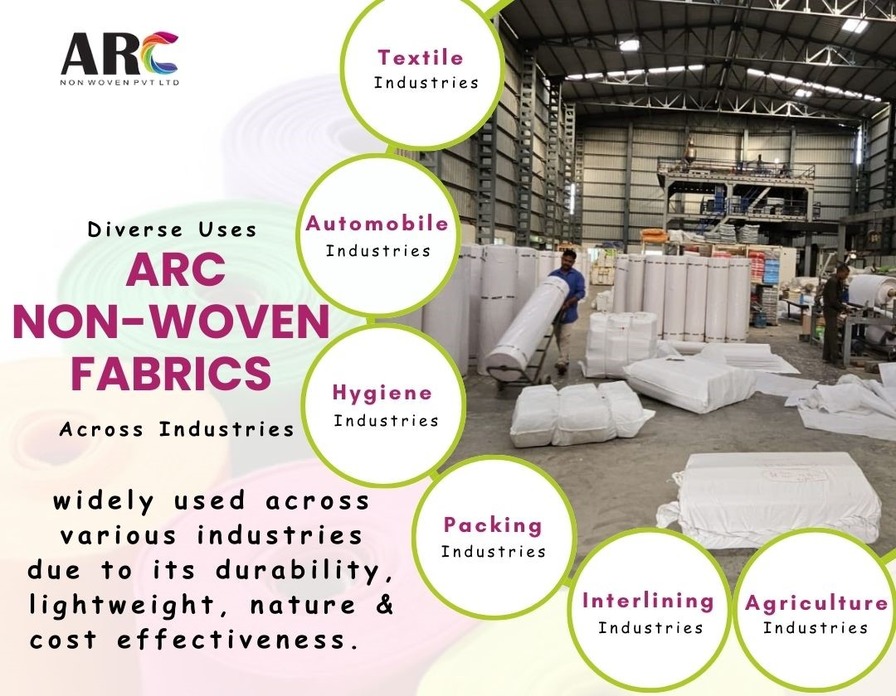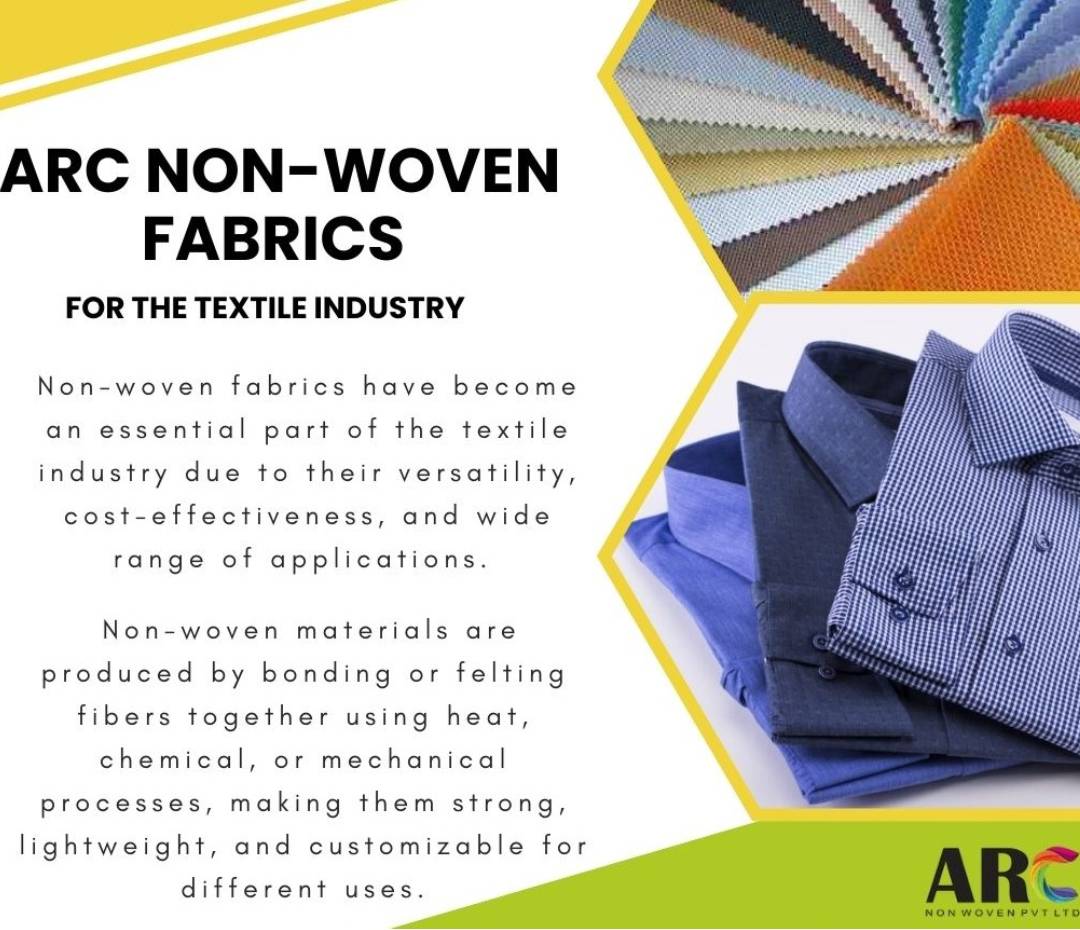Innovations with ARC Nonwoven Fabric in Multiple Sectors
Explore the various implementations of ARC Nonwoven Fabric across different sectors. Learn how these innovations are revolutionizing industry norms.
Read More
A well-made shirt is more than just a piece of clothing—it’s how you present yourself. The secret to a sharp look lies in the details, like the collars and cuffs. These parts fight wear and tear every day, so they need to be strong and look good. That’s where non-woven fabric come in. This innovative material is changing how shirts are made, offering benefits like strength, durability, lower costs, and even Eco-friendliness. In this article, we’ll explore why non-woven fabric are the perfect choice for making tough, lasting collars and cuffs for shirts.
Non-woven fabric are materials made by bonding fibers together directly, without weaving or knitting. Unlike traditional fabric that need yarns woven into cloth, non-woven fabric are created by bonding fibers, which makes them lighter and easier to handle. They look smooth and uniform, making them perfect for certain parts of a shirt where strength and consistency matter most.
These fabric are made through several methods. Common ones include:
Each process influences the fabric’s strength and flexibility. For shirts, the spun bond and needle-punch methods often produce the best results for collar and cuff materials.
Today’s fashion demands more durable, cost-effective, and eco-friendly materials. Non-woven fabric meet these needs perfectly. They are quicker to produce, don’t require as much raw material, and can be made from recycled fibers. Because of these advantages, more manufacturers are turning to non-woven options for areas that need toughness and reliability.
Non-woven fabric excel in resisting tearing and deformation. Collars and cuffs constantly face tension, folding, and washing. Fabric made with non-woven methods can stand up to these stresses for the long haul. For example, a shirt with non-woven cuffs keeps its shape even after multiple washes. Experts say their high tensile strength makes them ideal for any part that needs to stay firm and last.
One big plus is the uniformity of non-woven fabric. They have even thickness and smooth finishes, which results in a polished look on the shirt. There are fewer defects during production, so manufacturers waste less material. This means higher quality shirts that always look sharp.
Using non-woven materials cuts down on production costs. Since these fabric are easier and faster to make, factories save money. Their durability also means a shirt with non-woven collars or cuffs lasts longer, reducing the need for replacement. That saves money for both manufacturers and consumers. For mass production, switching to non-woven fabric can lead to significant cost savings, boosting profit margins.
Non-woven fabric can be made from recyclable fibers, making them a greener choice. Many brands are pushing for sustainable fashion, and non-woven fabric fit right in. Certifications like OEKO-TEX show that these fabric meet strict environmental standards. Choosing eco-friendly non-woven fabric helps brands reduce their carbon footprint and promote sustainability.
Handling non-woven fabric is simpler. They cut and shape easily, speeding up the manufacturing process. This means manufacturers can produce shirts quicker and meet tight deadlines without sacrificing quality.
Collars and cuffs made from non-woven fabric stay crisp and structured without adding weight. They provide a comfortable fit and keep the shirt looking sharp throughout the day. Wearers enjoy the firm feel and neat appearance that non-woven fabric provide.
Non-woven fabric accept branding, patterns, and finishes easily. Manufacturers can incorporate logos or decorative touches directly into the material. This opens doors for creative design features that enhance the shirt’s style and uniqueness.
Always opt for fabric that meet recognized standards like ISO or OEKO-TEX. These certifications guarantee safety, quality, and Eco-friendliness. Picking the right non-woven fabric depends on the shirt’s style and intended use.
Non-woven fabric should work well with other treatments like embroidery, printing, or chemical finishes. Test the fabric with these processes beforehand to ensure the final look and durability are maintained.
Partnering with reputable manufacturers matters. Choose suppliers who stay updated on new developments and can provide high-quality, innovative non-woven fabric tailored to your needs.
Emerging technologies are making non-woven fabric even better. Research is focused on improving strength, softness, and sustainability. As environmentally friendly practices grow, expect more apparel brands to adopt non-woven fabric for collars and cuffs. Their ability to combine durability with eco-consciousness makes them a smart choice moving forward.
Non-woven fabric are quickly becoming the top pick for making strong, long-lasting shirt collars and cuffs. Their resilience, consistent quality, cost benefits, and eco-friendly options make them stand out. Whether you’re a manufacturer or a consumer, switching to non-woven fabric helps ensure your shirts stay sharp and last longer. Consider exploring these innovative materials to improve your products and support a more sustainable future. With non-woven fabric, you're not just upgrading your shirt quality—you’re making a smart, future-proof choice.

Explore the various implementations of ARC Nonwoven Fabric across different sectors. Learn how these innovations are revolutionizing industry norms.
Read More
Discover how Arc Non-Woven Fabric are revolutionizing the textile manufacturing industry. Dive deep into the role it plays in the modern textile world.
Read More© Copyright 2020-2025 All Rights Reserved By ARC Non Woven Pvt. Ltd.